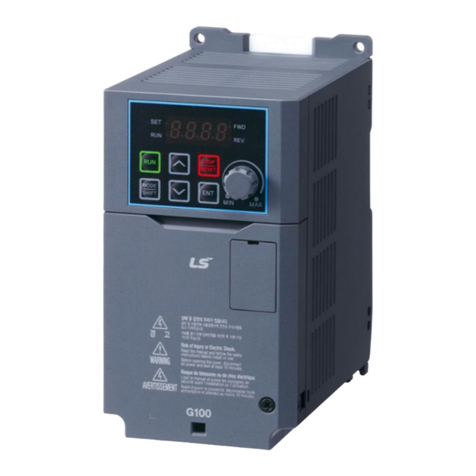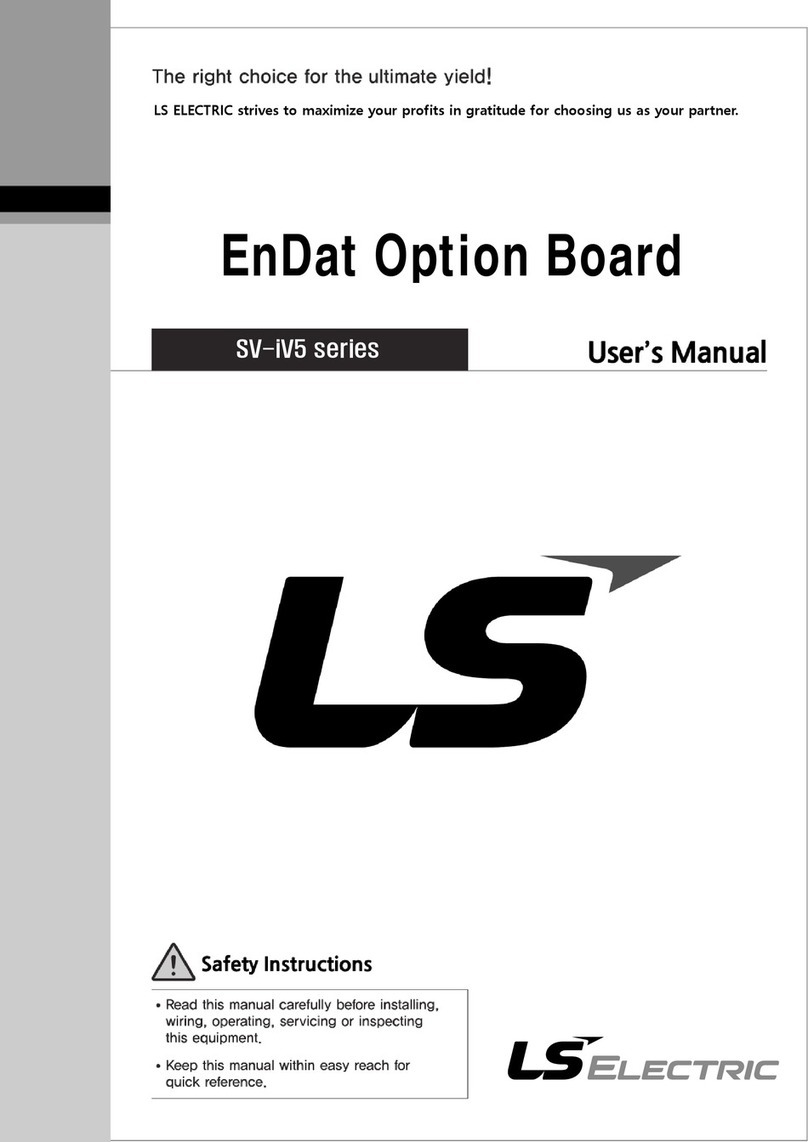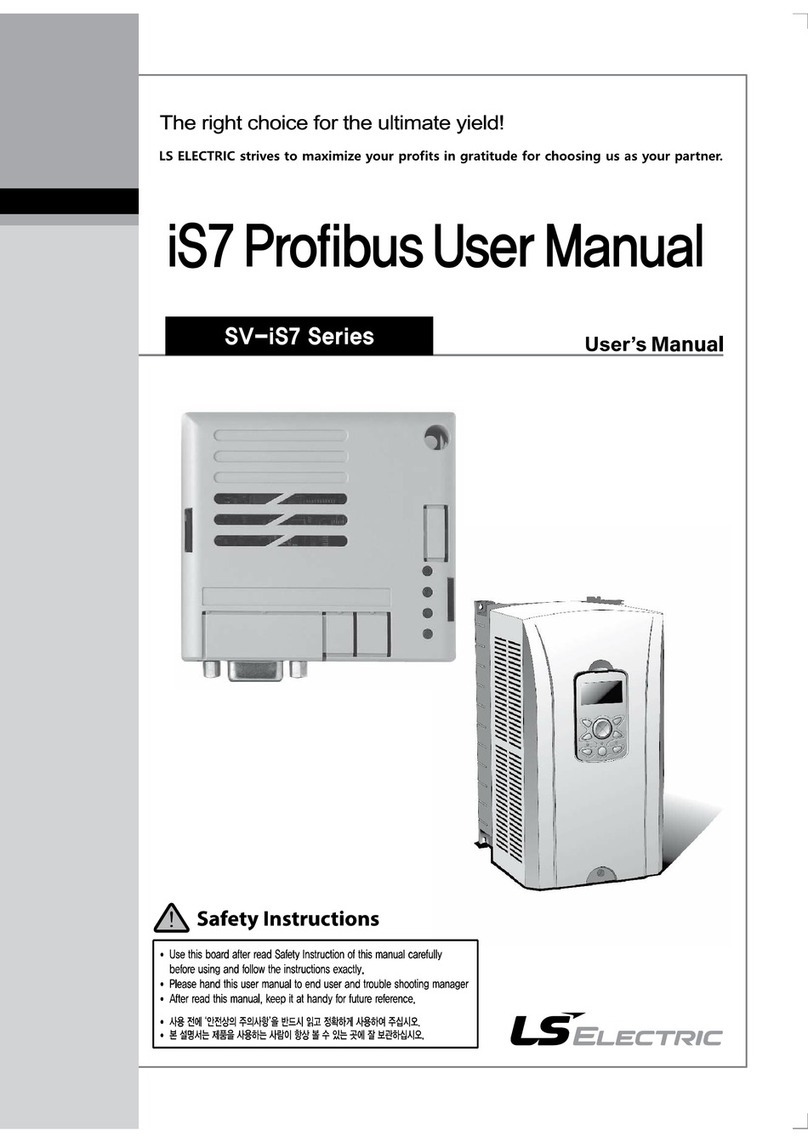Initializing All Parameters ...........................................................88
Frequency Setting (Keypad) and Operation (via Terminal Input)
....................................................................................................90
Frequency Setting (Potentiometer) and Operation (Terminal
Input)...........................................................................................91
Frequency Setting (Potentiometer) and Operation (Keypad)..92
3.4 Monitoring the Operation ........................................................................94
0.4-22kW Models........................................................................94
30-75kW Models.........................................................................97
4Table of Functions..........................................................................................103
4.1 Operation Group....................................................................................103
4.2 Drive group (PAR→dr)..........................................................................105
4.3 Basic Function group (PAR→bA).........................................................110
4.4 Expanded Function group (PAR→Ad).................................................115
4.5 Control Function group (PAR→Cn)......................................................121
4.6 Input Terminal Block Function group (PAR→In)..................................130
4.7 Output Terminal Block Function group (PAR→OU)............................136
4.8 Communication Function group (PAR→CM)......................................141
4.9 Application Function group (PAR→AP)...............................................146
4.10 Protection Function group (PAR→Pr)..................................................149
4.11 2nd Motor Function group (PAR→M2) ................................................154
4.12 User Sequence group (US)..................................................................157
4.13 User Sequence Function group(UF)....................................................160
4.14 Groups for LCD Keypad Only ..............................................................180
Trip Mode (TRP Last-x)............................................................180
Config Mode (CNF) ..................................................................180
5Troubleshooting .............................................................................................185
5.1 Trips and Warnings ...............................................................................185
Fault Trips..................................................................................186
Warning Messages...................................................................189
5.2 Troubleshooting Fault Trips ..................................................................190
5.3 Troubleshooting Other Faults...............................................................192
6Maintenance....................................................................................................197






























